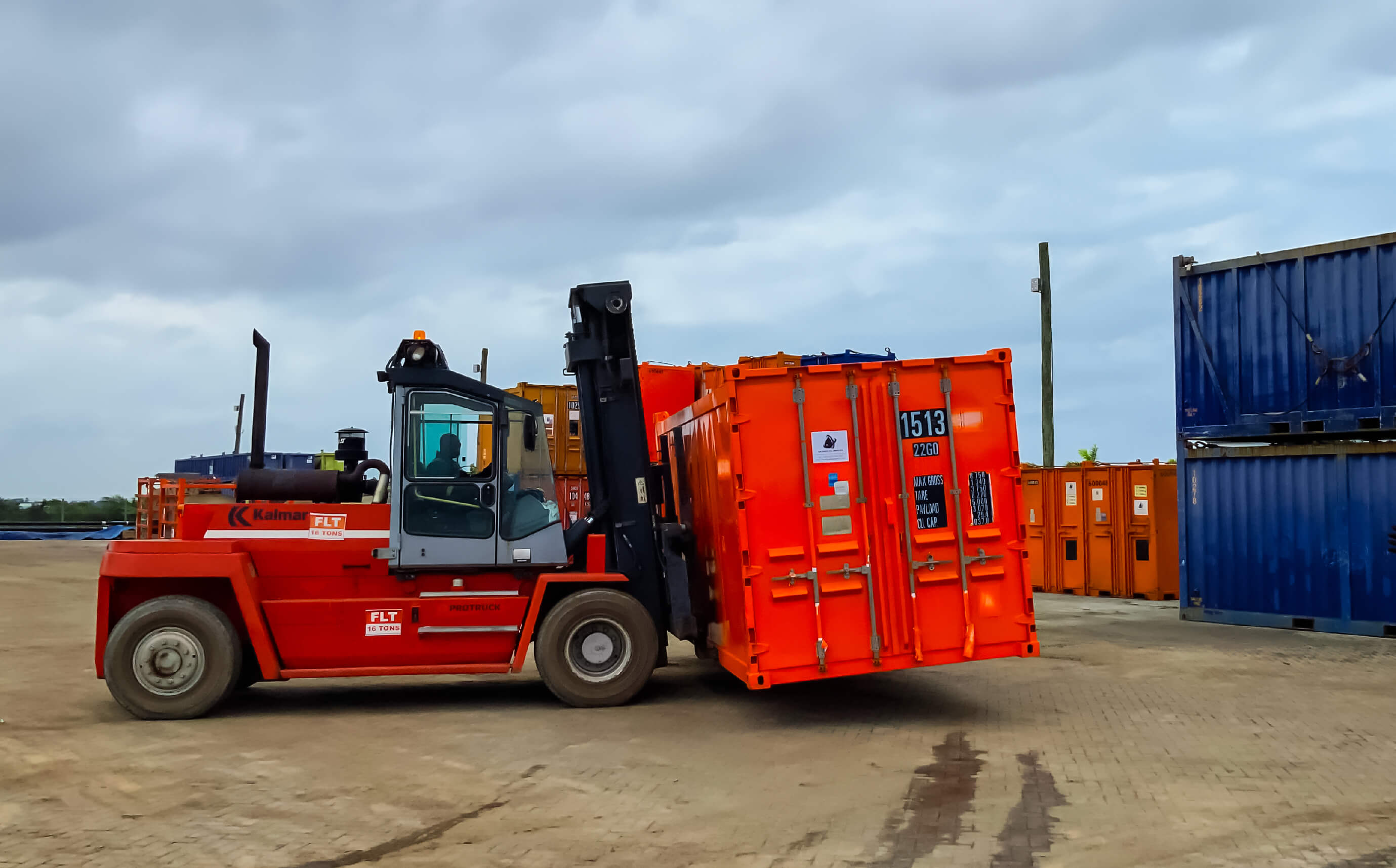
Mastering Wire Rope Maintenance: Essential Practices for Optimal Performance
Wire ropes are the backbone of many industrial operations, providing crucial support for heavy lifting, suspension bridges, elevators, and various maritime applications. Ensuring the optimal performance and longevity of wire ropes is paramount for safety, efficiency, and cost-effectiveness in these operations. Mastering wire rope maintenance involves adopting essential practices that guarantee their reliability and functionality.
Wire ropes are the backbone of many industrial operations, providing crucial support for heavy lifting, suspension bridges, elevators, and various maritime applications. Ensuring the optimal performance and longevity of wire ropes is paramount for safety, efficiency, and cost-effectiveness in these operations. Mastering wire rope maintenance involves adopting essential practices that guarantee their reliability and functionality.
Regular Inspection Protocols
Regular inspections are the cornerstone of effective wire rope maintenance. Visual examinations should be conducted routinely to detect signs of wear, corrosion, or damage. Utilizing specialized tools like magnifying glasses and endoscopes can reveal internal deterioration that might not be visible on the surface. Inspections should occur at planned intervals or following significant loads or exposure to harsh environments.
Cleaning and Lubrication
Proper cleaning and lubrication are vital for extending wire rope life. Clean ropes thoroughly to remove debris, dirt, and contaminants that can accelerate corrosion. After cleaning, applying the right lubricant helps to reduce friction, protect against wear, and inhibit rust formation. Selecting the appropriate lubricant based on environmental conditions and the rope's application is critical for optimal performance.
Tension and Load Management
Maintaining proper tension and load management is essential for wire rope durability. Avoid sudden or excessive shocks or overloads that can strain the rope beyond its capacity. Implementing suitable mechanisms such as sheaves, pulleys, or proper spooling techniques can minimize abrasion and fatigue, prolonging the rope's lifespan.
Storage and Handling Practices
Proper storage and handling significantly impact wire rope integrity. Store ropes in dry, ventilated areas to prevent moisture accumulation and subsequent corrosion. Protect ropes from exposure to chemicals, extreme temperatures, and direct sunlight. When handling wire ropes, use equipment designed to minimize kinking, bending, or crushing, reducing potential damage.
Training and Documentation
Ensuring that personnel receive proper training in wire rope handling, inspection, and maintenance procedures is critical. Establish comprehensive documentation outlining inspection schedules, maintenance protocols, and any observed issues. Encourage a culture of reporting any abnormalities or concerns regarding wire rope condition for immediate attention and resolution.
In conclusion, mastering wire rope maintenance involves a combination of vigilant inspection, proper cleaning and lubrication, tension management, appropriate storage, personnel training, and meticulous documentation. By adhering to these essential practices, industries can maximize the performance, reliability, and longevity of wire ropes, thereby enhancing safety and operational efficiency across various applications.
